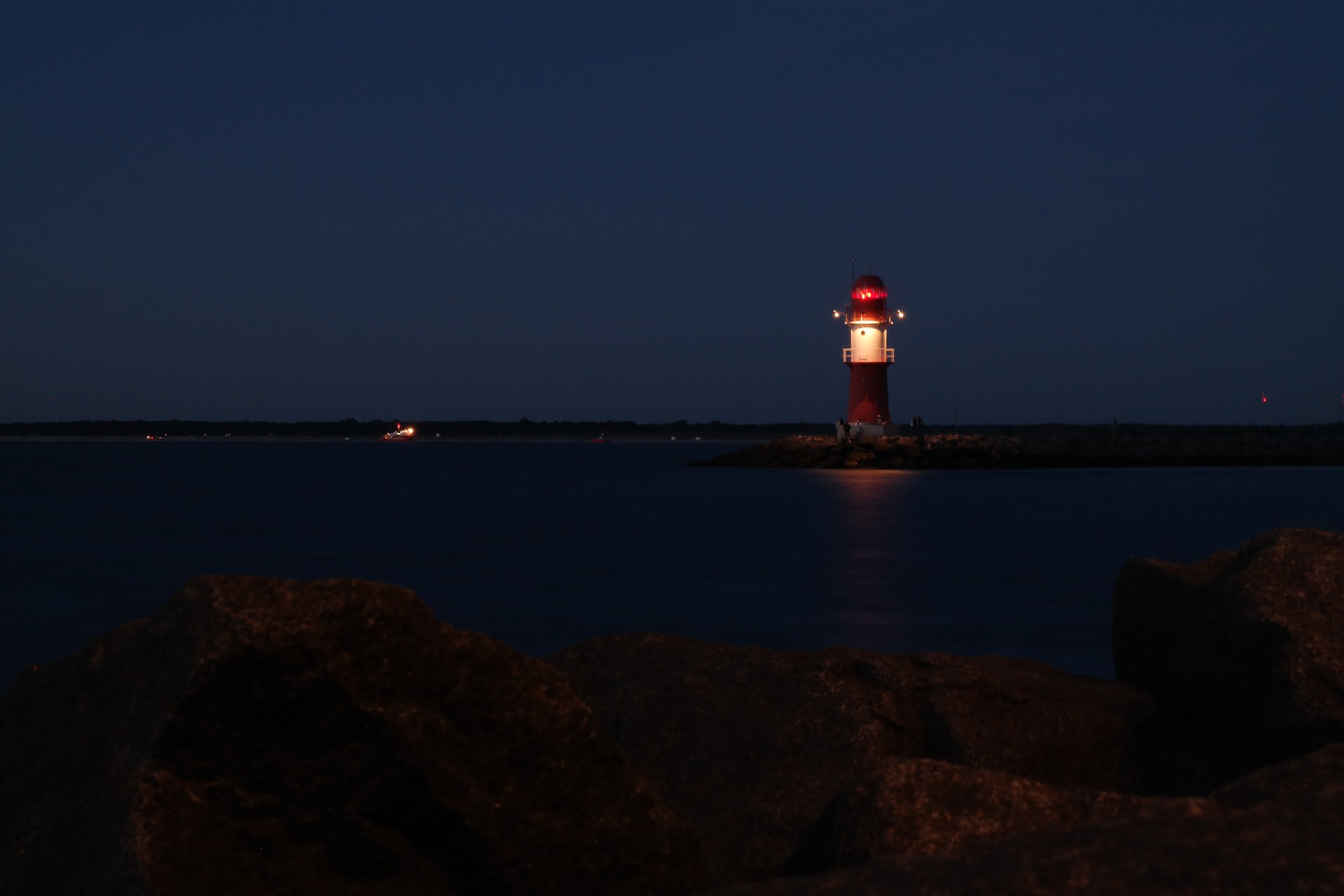Tag: Sailing
Sailing and business: #2
Win your side.
On days when the wind is shifty, the winner of a race usually comes from one side of the course our the other; rarely from the middle.
That means you have to choose which side you’re going to sail. No remorse allowed. Eventually, you may realize you’ve picked the wrong side; the winner is going to come from the other side.
What do you do? Experience teaches you not to cross the course and get to the other side. In doing so, you’ll probably end up as the last-place boat on the right side of the course.
Instead, focus on winning your side. If you do, the worst you’ll end up is in the middle of the fleet. And often, the winners on the wrong side still finish better than the losers of the right side. So there’s plenty of upside potential in just winning your side.
How does it translate to business? Back in the ’80s, IBM and Apple took opposite sides of the race course – IBM choosing a common platform (MS-DOS) on which to build its computers, and Apple choosing its own proprietary operating system.
IBM chose what turned out to be the right side, allowing it to build computers for the largest share of the desktop/portable computer market.
Since that decisive moment, dozens of companies on both sides of the platform debate have fallen away; even IBM has exited the PC businesss. Apple, meanwhile, won its side; it became the best among proprietary operating platforms.
As a result of its earliest decision, Apply may never become the largest producer of computers. But because it concentrated at winning its side, Apple today has one of the most admired brands – and P&L statements – in the business.
Sailing and business: #1
 Never chase the wind.
Never chase the wind.
In many racing conditions the wind is always changing – in both velocity and speed. The boats that are winning are probably those that find themselves in the best patches of wind.
When things aren’t going so well, it’s usually because you’re not in the good air. But if you see another part of the course where the wind looks better, it will invariably be gone by the time you get there.
The lesson is to find your way to the part of the course where the wind is going to be – not where it is now.
It’s the same in business. When your toughest competitors leap ahead of you, you can’t catch up by simply doing what they’re doing.
Instead you need to figure out the next thing a good company should be doing. When you figure it out, you don’t need to set your course for where your competitors already are; you can set it for where you want to be.
The largest wing ever built – and it’s not on a plane
The largest wing ever built was installed this morning on the next U.S. America’s Cup competitor – a 90’x90′ carbon-fiber trimaran built and raced by BMW Oracle Racing.

Replacing traditional fabric sails, the wing is the largest ever built. It’s 190 feet tall and 80 percent larger than the wing of a Boeing 747, according to the BMW Oracle Racing website.

Gentle trials (really on gentle) will begin immediately, culminating in a race against the Swiss defender Alinghi in February. The race is scheduled to be held in Dubai – though that, like so much else in this event, is being contested first in a court of law.
This is only the second time the America’s Cup races will be held using multihulls – though it will be the first where the racing is likely to be more interesting than the court contest.
The first was 1988, when New Zealander Michael Fay challenged the rightful defender, Dennis Connor of the U.S., to a match using a 120-foot sloop-rigged monohull. Connor responded by coming to the race on a 60-foot catamaran (which also had a solid-wing sail). It was an embarrassingly lopsided and unthrilling shellacking. The U.S. won and Connor delivered all the evidence that thousands of insufferable multihull sailors have ever needed to proudly declare their version of the sport to be superior to that played in slower but more maneuverable monohulls.
In any case, the upcoming contest promises to be a race; both teams have at least agreed to sail in boats that should finish within the same time zone of each other.
Quote of the day
From Richard Mitchele, who just won a contest from Sailing Anarchy (without a doubt the best blog, forum and e-newsletter on earth devoted to racing sailboats). His prize was a ride-along on the Puma entrant in the Volvo Ocean Race during the closed-course races sailed in Boston as part of the round-the-world race’s only North American stopover.
“You could have knocked me over with a feather when I found out that I’d won the contest on SA. I was kind of thinking maybe I’d score a T-shirt or some other Puma swag. It was as if Jessica Alba called to say that the restraining order had been lifted, that she and Uma Thurman had talked it over and wanted to give my idea a try.”
